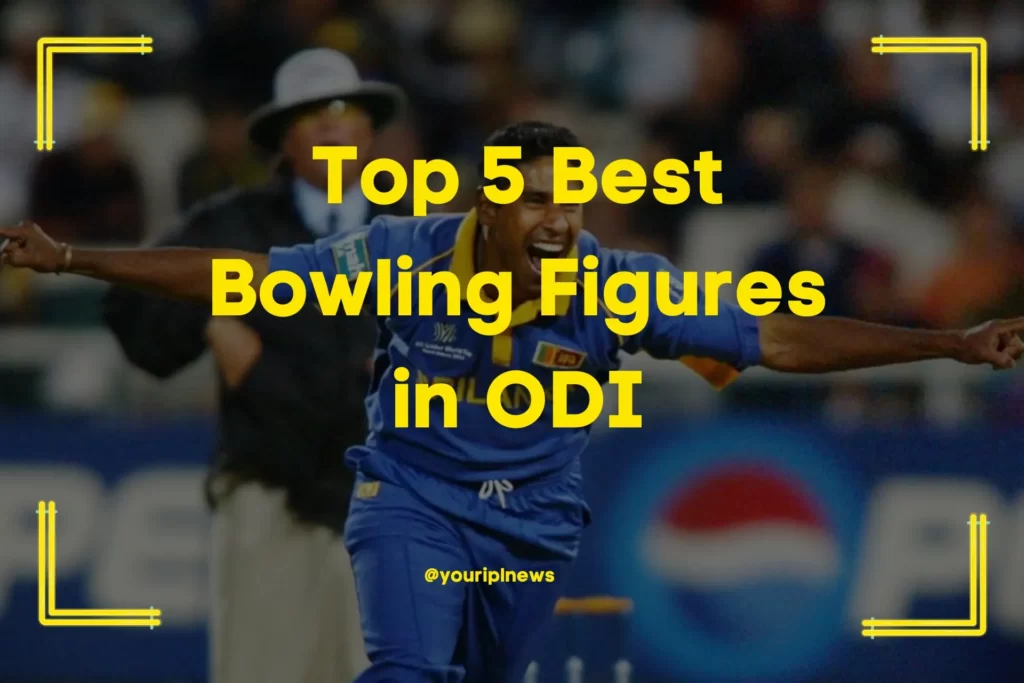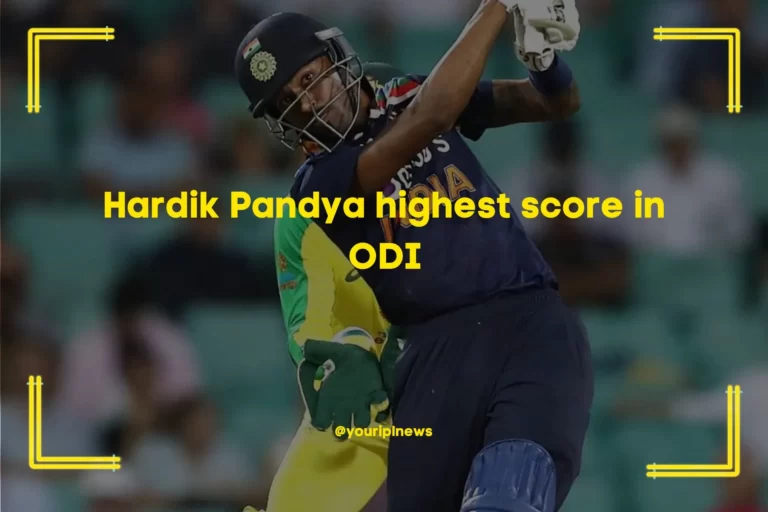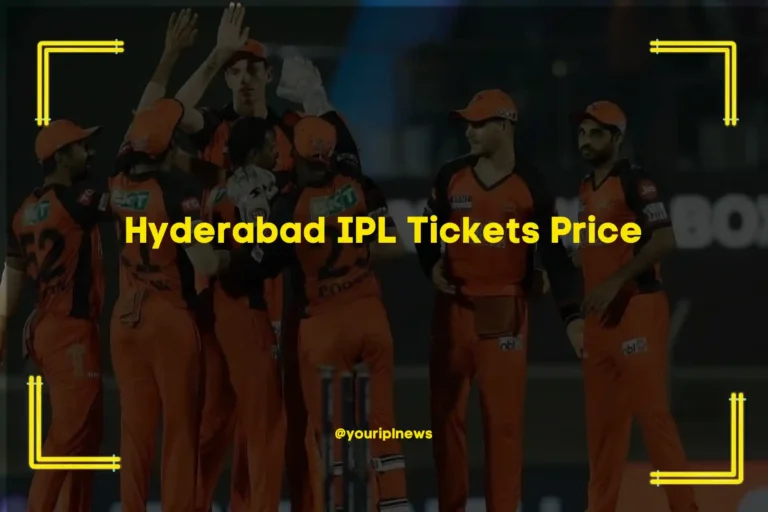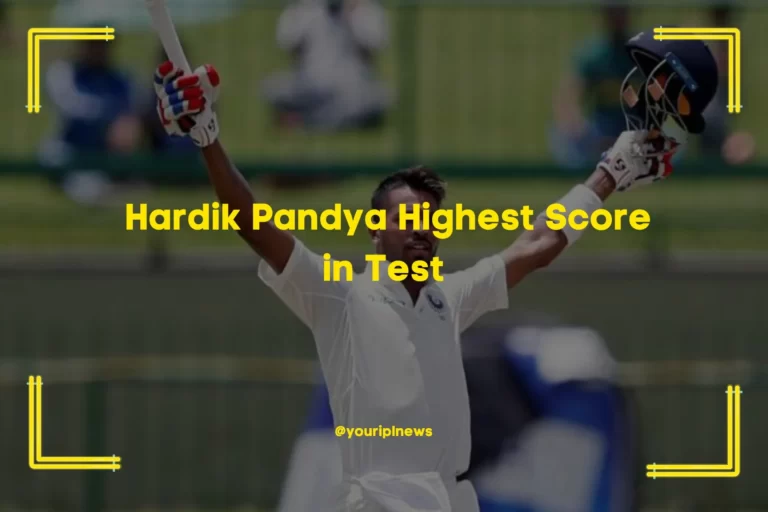Best Bowling Figures in ODI – Top Five ODI Best Bowling Figures

In One Day International (ODI) cricket, bowling plays a crucial role in determining the outcome of a match. The ability of a bowler to restrict the opposing team’s scoring while taking wickets is essential in ensuring victory for their side. The best bowling figures in ODI are a testament to the skill and performance of a bowler, and achieving them is a significant milestone in their career. In this article, we will take a closer look at the top 5 ODI best bowling figures, the factors that influence these performances, and the strategies that bowlers can use to achieve them. Although you can also learn here about the highest ODI runs by a batsman or the best player in the world.
Top 5 Best Bowling Figures
Get to know all amazing cricket facts like the top 5 top bowling figures in ODI and highest opening partnership in ODI

Chaminda Vaas ODI best bowling figures
Chaminda Vaas, the Sri Lankan left-arm seamer, holds the record for the best bowling figures in an ODI match. In 2001, he achieved figures of 8-3-19-8 against Zimbabwe in Colombo. Vaas exploited the damp conditions to perfection, swinging the ball both ways and getting the better of the Zimbabwean batsmen.
Shahid Afridi’s best figures in ODI
Shahid Afridi, the Pakistani all-rounder, is second on the list with figures of 9-3-7-7 against the West Indies in 2013. Afridi used his variations in pace and length to significant effect, taking advantage of a slow wicket in Guyana. Even Shahid Afridi also comes in highest wicket taker in ODI and he did such a great job for the Pakistan team.
Glenn McGrath Best Bowling Figures in ODI
Glenn McGrath, the Australian fast bowler, was third on the list with figures of 7-15 against Namibia in 2003. McGrath bowled with his trademark accuracy and movement off the pitch, making it difficult for the Namibian batsmen to score runs.
Muttiah Muralitharan ODI best bowling figures
Muttiah Muralitharan, the Sri Lankan off-spinner, achieved figures of 7-30 against India in 2000 to claim the fourth spot on the list. Muralitharan’s variations in spin and pace bamboozled the Indian batsmen, and he ended up taking seven wickets in the match.
Anil Kumble’s best figures in ODI
Anil Kumble, the Indian leg-spinner, rounds out the top 5 with figures of 6-12 against the West Indies in 1993. Kumble bowled with exceptional accuracy and turn on a dusty pitch in Kolkata, and his performance remains one of the most memorable in ODI history.
Factors that Influence Best Bowling Figures in ODI
Several factors contribute to a bowler’s chances of achieving the best bowling figures:
- Pitch Conditions
The pitch conditions play a vital role in determining a bowler’s success in ODI cricket. A pitch that offers movement and turn can assist bowlers in taking wickets and restricting the opposition’s scoring.
- Weather Conditions
Weather conditions such as wind and humidity can also affect a bowler’s performance in ODI cricket. Windy conditions can aid swing bowling, while high humidity can help spinners generate turn-off the pitch.
- Skill Level of Bowler
The skill level of a bowler is undoubtedly a crucial factor in achieving the best bowling figures in ODI. A bowler with excellent accuracy and a variety of deliveries is more likely to trouble the opposition and take wickets.
- Opposition Team
The quality of the opposition team can also influence a bowler’s performance in ODI cricket. Bowlers may find it easier to take wickets against weaker teams or batsmen who are struggling for form.
- Support from Fielders
The support of fielders in the outfield is crucial in restricting the opposition’s scoring and taking wickets. Fielders who take catches, affect run-outs, or make crucial stops in the field can make a significant difference to a bowler’s performance.
Importance of Best Bowling Figures in ODI
Achieving the ODI best bowling figures can be a significant boost for a bowler’s confidence and contribute to their team’s success. Bowlers who achieve the best figures in ODI often become household names and earn accolades for their performance.
Strategies for Bowlers to Achieve Best Bowling Figures
To achieve the ODI best bowling figures, bowlers can employ several strategies:
- Focus on Accuracy
Bowlers should focus on maintaining accuracy and bowling to a consistent line and length to make it difficult for the batsmen to score runs.
- Vary Pace and Length
Bowlers should also vary their pace and length to keep the batsmen guessing and take advantage of any weaknesses in their technique.
- Capitalize on Opposition Weaknesses
Bowlers should identify any weaknesses in the opposition’s batting and target those areas to take wickets.
- Utilize Support from Fielders
Bowlers should make use of the support from fielders in the outfield to restrict the opposition’s scoring and take wickets.
- Remain Calm and Composed
Finally, bowlers should remain calm and composed under pressure, focusing on their game plan and executing their deliveries to the best of their ability.
Conclusion ODI’s best bowling figures
The best bowling figures in ODI are a testament to the skill and performance of a bowler, and achieving them is a significant milestone in their career. Several factors, including pitch conditions, weather conditions, the skill level of the bowler, the opposition team, and the support of fielders, contribute to a bowler’s chances of achieving the best figures. Bowlers can employ several strategies, including focusing on accuracy, varying their pace and length, capitalizing on opposition weaknesses, utilizing support from fielders, and remaining calm and composed under pressure to achieve the ODI’s best bowling figures.
While the top five top bowling figures belong to legendary bowlers, there have been several other notable performances over the years. Achieving the top bowling figures requires a combination of skill, strategy, and a bit of luck. It remains a significant achievement for any bowler and is sure to be remembered for years to come.
What factors influence a bowler’s chances of achieving best bowling figures?
Pitch conditions, weather conditions, the skill level of the bowler, the opposition team, and the support of fielders are some of the factors that influence a bowler’s chances of achieving the best bowling figures in ODI.
Who are some of the other bowlers with notable performances in ODI cricket?
Some other bowlers with notable performances in ODI cricket include Waqar Younis, Glenn McGrath, Wasim Akram, Brett Lee, and Lasith Malinga, to name a few.
Chaminda Vaas of Sri Lanka holds the record for the best bowling figures, with figures of 8-19 against Zimbabwe in 2001.
Achieving the ODI best bowling figures can be a significant boost for a bowler’s confidence and contribute to their team’s success.
Some strategies for bowlers to achieve the ODI best bowling figures include focusing on accuracy, varying pace and length, capitalizing on opposition weaknesses, utilizing support from fielders, and remaining calm and composed under pressure.






